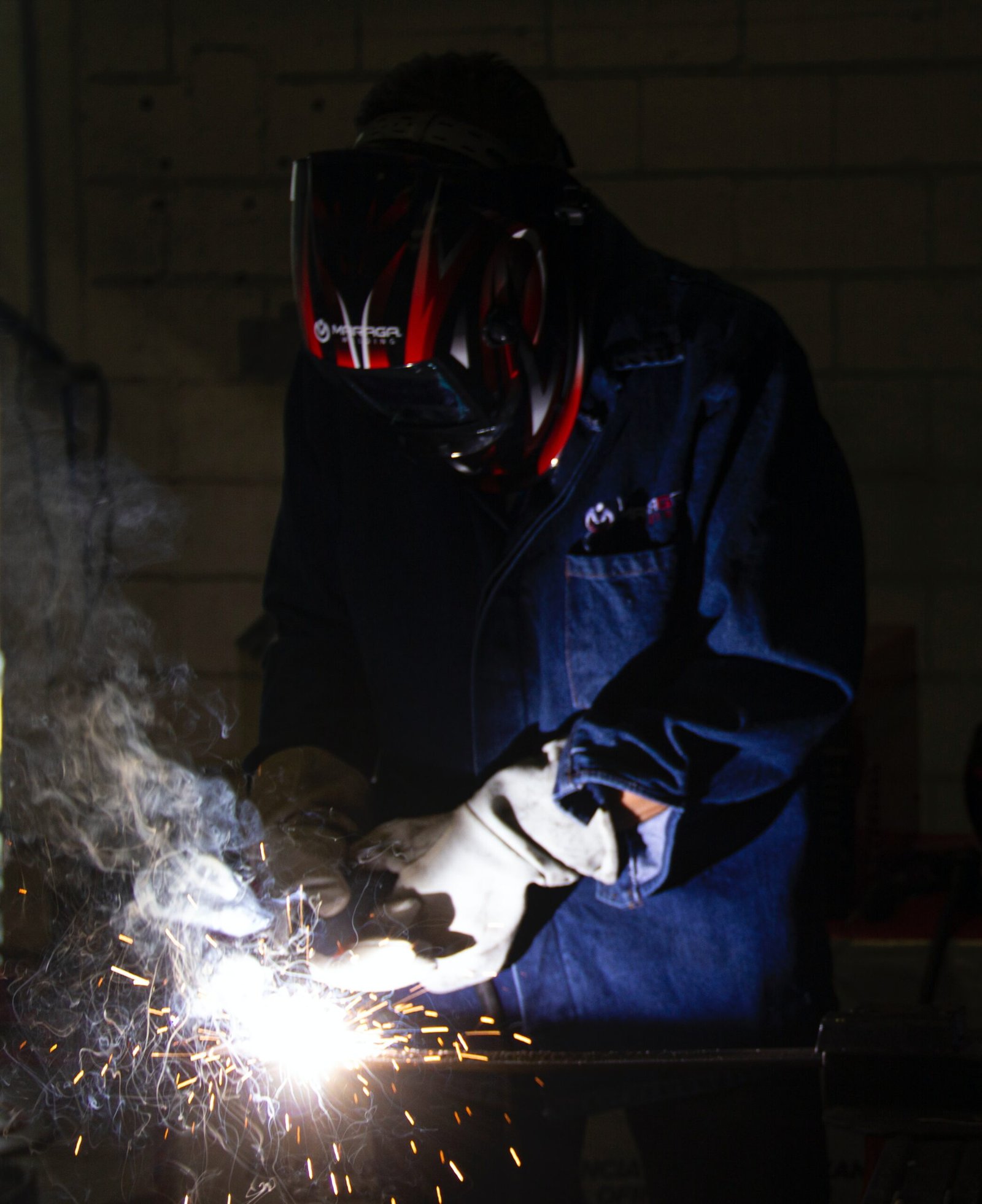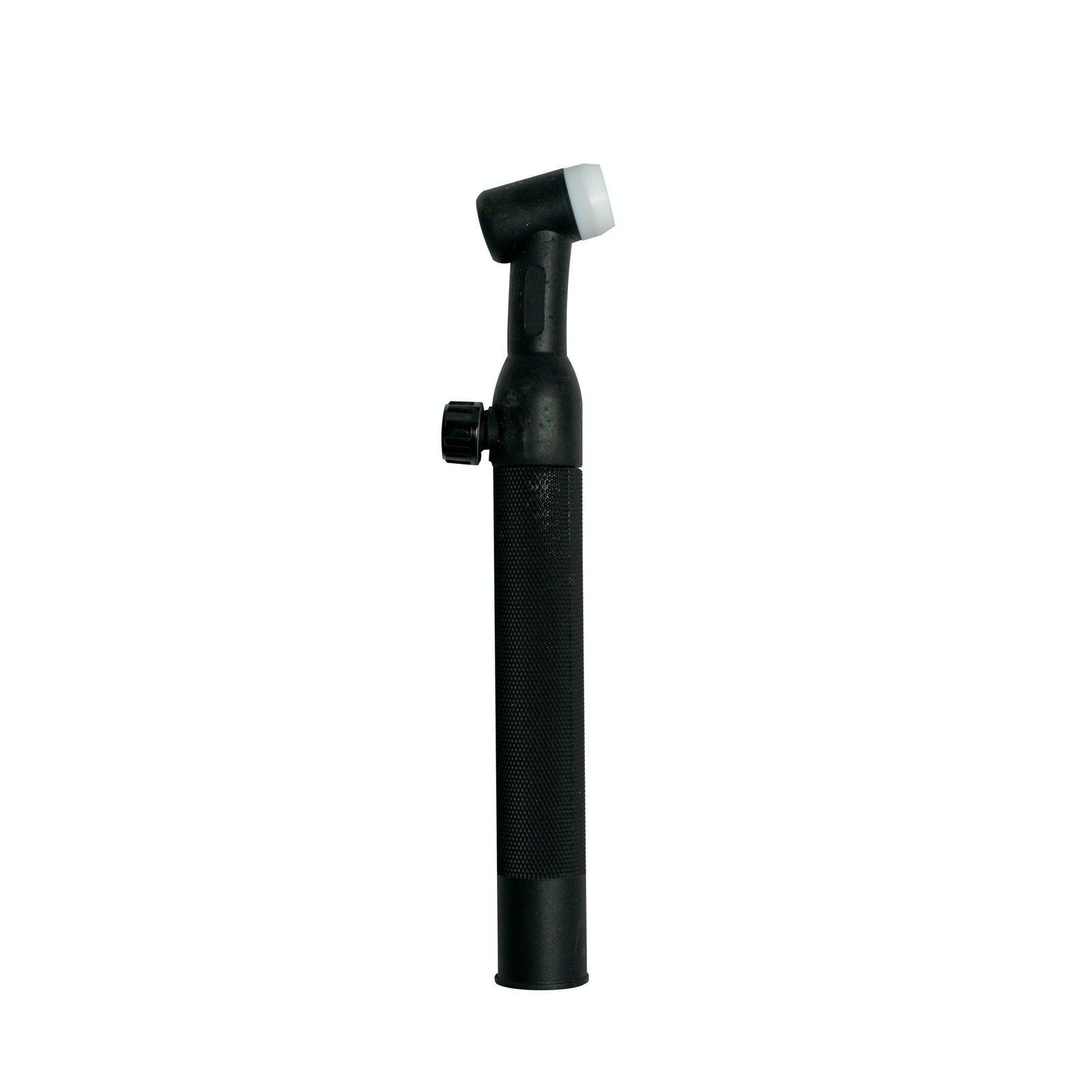ESAB is a renowned manufacturer of welding equipment and consumables, providing a wide range of solutions for various welding processes. Their welding machines are known for their reliability, performance, and user-friendly features. In this article, we will explore what an ESAB welding machine is and how to effectively use it.
What is an ESAB Welding Machine?
An ESAB welding machine is a piece of equipment designed for joining metals together through the process of welding. ESAB offers a diverse range of welding machines, catering to different welding techniques such as MIG/MAG, TIG, and Stick welding. These machines are built with advanced technology and innovative features to ensure efficient and precise welding.
ESAB welding machines are widely used in various industries, including construction, automotive, shipbuilding, and manufacturing. They are suitable for both professional welders and hobbyists due to their versatility and ease of use.
How to Use an ESAB Welding Machine
Using an ESAB welding machine requires a basic understanding of the welding process and safety precautions. Here are the general steps to follow when using an ESAB welding machine:
1. Prepare the Work Area
Ensure you have a clean and well-ventilated work area. Remove any flammable materials and make sure there is sufficient space for maneuvering the welding machine.
2. Wear Protective Gear
Prioritize your safety by wearing appropriate protective gear, including a welding helmet with a darkened visor, welding gloves, flame-resistant clothing, and safety glasses.
3. Set Up the Welding Machine
Consult the user manual for specific instructions on setting up your ESAB welding machine. Connect the machine to a suitable power source and ensure all cables and connections are secure.
4. Select the Correct Welding Process
Depending on the type of welding you need to perform, choose the appropriate welding process on the ESAB machine. This could be MIG/MAG, TIG, or Stick welding.
5. Prepare the Welding Material
Clean the welding material to remove any dirt, rust, or contaminants that may affect the quality of the weld. Use a wire brush or grinder to achieve a clean surface.
6. Set the Welding Parameters
Consult the welding procedure specifications or guidelines to determine the correct welding parameters, such as voltage, current, and wire speed. Adjust these settings on the ESAB welding machine accordingly.
7. Position the Electrode or Torch
Position the electrode or torch at the desired starting point of the weld. Maintain a steady hand and ensure proper alignment with the welding material.
8. Start Welding
Once everything is properly set up, initiate the welding process. Follow the recommended technique for the chosen welding process, maintaining a consistent speed and angle.
9. Monitor the Welding Process
Observe the weld pool and the formation of the weld bead. Make necessary adjustments to the welding parameters if required, ensuring the weld quality meets the desired standards.
10. Complete the Weld and Cool Down
Finish the weld by gradually reducing the welding current or gas flow, depending on the welding process. Allow the welded joint to cool down before handling or further processing.
Remember to always follow the safety guidelines provided by ESAB and take necessary precautions to protect yourself and others in the vicinity.
Conclusion
ESAB welding machines are reliable and efficient tools for various welding applications. By understanding the basics of welding and following the proper procedures, you can effectively use an ESAB welding machine to achieve high-quality welds. Remember to prioritize safety and refer to the user manual for specific instructions related to your ESAB welding machine model.


